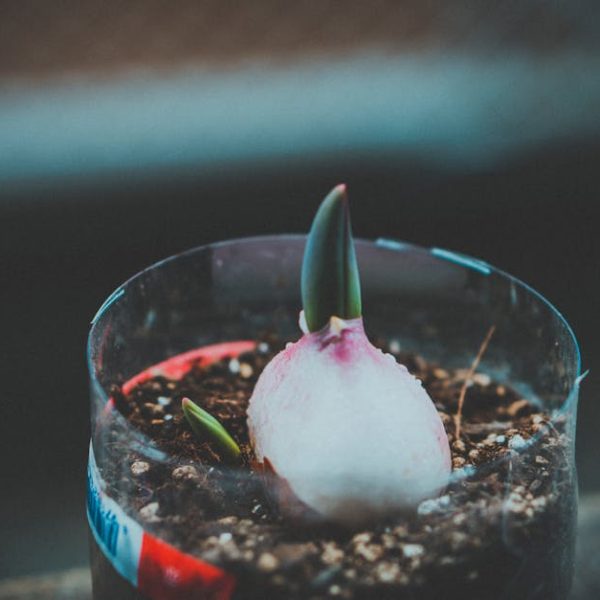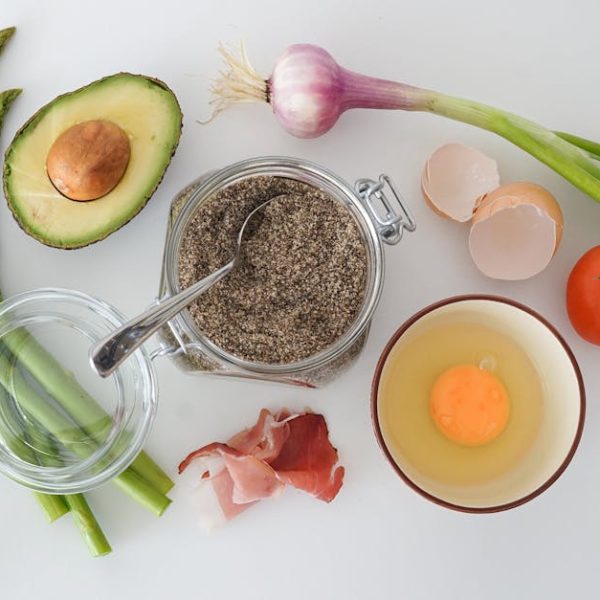Spaghetti squash, a variety of winter squash, is so named because when cooked, it separates into long, pasta-like strands. But don’t let the pasta association fool you – spaghetti squash is 100% vegetable, and a highly nutritious one at that. It’s not just nature’s version of pasta, but a delicacy that proves nature does innovation best. Offering versatility in cooking with a mildly sweet and nutty flavor, it blends seamlessly into stir-fry dishes, soups, salads, as an alternative low-carb pasta substitute, and even dessert!
One of the most alluring nuances of spaghetti squash is its rich nutritional profile. It hosts a wallop of essential nutrients, including Vitamin A, Vitamin C, Potassium, and dietary fiber, all wrapped up in just 42 calories per cup. So, it’s easy to see why diet-conscious foodies are swapping traditional pasta for this nutrient-dense vegetable. Here’s a tip for picking out the best spaghetti squash: Look for hard, pale, evenly toned skin and feel for weight – the heavier, the better! It’s a sure sign of hydration and freshness – the epitome of good spaghetti squash health.
Once you’ve got a fresh spaghetti squash past the checkout line, storage becomes the next pressing issue. Proper storage of spaghetti squash, like most vegetables, is key to extending its usable life. Uncut spaghetti squash can be safely stored at room temperature in a cool, dry pantry, ideally between 50-60°F (10-15°C). Once cut, it’s a whole new ball game. The exposed flesh should be carefully wrapped in plastic wrap or placed in a sealable container and refrigerated. On the note of best-practices: don’t wash the squash until it’s time to use it. This prevents moisture buildup which can encourage spoilage.
The expected shelf life of spaghetti squash can vary quite dramatically, and much of this depends on the storage conditions. When kept at room temperature, an uncut spaghetti squash can last for about 1-2 months. In a refrigerator, however, that same squash can extend up to 2-3 months due to the colder temperature slowing down the process of decay. The breaking point is when the squash is cut – once opened, it’s a race to use it before it spoils, typically within a week when refrigerated. The comparison between the twos might leave you wondering – why should I bother refrigerating it at all? While it’s true that room temperature offers convenience, refrigeration allows you to store it longer, especially beneficial when you have more than one squash or if it’s already been cut.
Nevertheless, even under ideal storage conditions, spaghetti squash can and will eventually spoil. And the signs are reasonably evident: color changes on the skin or flesh, mold growth, an off-putting scent, or a slimy texture. Catch these signs early? That’s your cue to chuck it right out of your kitchen. Prevention is always better than cure and this rings acutely true with food spoilage, where the dangers of food poisoning lurk. Don’t be tempted to salvage a squash showing signs of spoilage, to err on the side of avoiding potential foodborne illness.
Remember, the first line of defense against unknowing consumption of spoiled spaghetti squash is awareness and keen observation. So, stay sharp, stay informed, and let’s make every spaghetti squash meal a bouquet of nutritious delight and culinary satisfaction. Now, is anyone else feeling hungry?
Food Safety Tips and Precautions with Spoiled Spaghetti Squash
Making spaghetti squash a part of your diet not only brings a unique twist to your meals but also gives a massive boost to your nutritional intake. However, similar to other vegetables, it can pose some food safety concerns if not correctly handled or when it starts spoiling. Consuming spoiled spaghetti squash could lead to bouts of food poisoning, an unpleasant and potentially severe condition. Added to the digestive discomfort, you wouldn’t want your food exploration marred by such experiences. As such, food safety should be taken as a priority, especially when it comes to identifying and dealing with spoiled spaghetti squash.
- Always strive to take note of the spaghetti squash’s purchase date. Having a clear purchase-to-consumption timeline can guide you to use it within safe timeframes.
- Regularly examine your stored spaghetti squash. Check for any signs of spoilage like changes in texture, color, and smell – firmness, uniform skin color, and lack of foul odors are good indications of a healthy squash.
- Upon identifying spoilage signs, discard the spaghetti squash immediately. It’s not worth the risk, no matter how small the spoiled part might seem.
- Do not attempt to taste a suspicious spaghetti squash. Spoiled squash can contain harmful bacteria that are neither visible nor rendered harmless by cooking.
- When storing cut spaghetti squash in the refrigerator, use it within 5-7 days. Any lengthier periods might expose it to refrigeration-related spoilage.
Checklist of Safety Practices with Spaghetti Squash
- Purchase from reputable sources
- Store properly following mentioned steps
- Regularly check for any signs of spoilage
- Dispose of promptly if spoiled
- Don’t consume past the recommended shelf life
Pro-tip: If you’re unsure about the freshness or edibility of the spaghetti squash, apply the old adage- When in doubt, throw it out. It’s better to lose a squash than endanger your health.
In summary, understanding spaghetti squash’s shelf life and its spoilage signs is absolutely crucial for safe consumption. It also ensures you enjoy the unique flavor and nutritive benefits of this versatile vegetable all year round without concerns about spoilage or food safety. Moreover, this knowledge empowers you to confidently weave spaghetti squash into your meals, creating diverse nutritional culinary gems. Enjoy your spaghetti squash responsibly and healthily. Bon Appétit!
Key Takeaway:
- Spaghetti squash is a highly nutritious vegetable that serves as a popular substitute for pasta due to its pasta-like strands when cooked.
- To capitalize on the nutrients and flavor of the spaghetti squash, choosing a fresh one at the market is crucial. Opt for hard, pale, evenly toned skin and a relatively heavy squash.
- Proper storage can dramatically extend the shelf life of the spaghetti squash, with uncut squash being storable at room temperature and cut ones requiring refrigeration.
- Room temperature storage provides around 1-2 months of shelf life, whereas refrigerated storage can extend this to 2-3 months.
- Spoilage symptoms are noticeable and are indicators to discard the squash immediately. These include color changes, mold growth, unpleasant smell, and slimy texture.
Preparing, storing, and consuming spaghetti squash is nevertheless a rewarding endeavor that pays off in spades in terms of nutrition and taste. So don’t be discouraged by the considerations mentioned here. They are steps towards ensuring healthy, safe, and delicious experiences with spaghetti squash, promoting wellbeing and culinary enjoyment.
FAQs
Q: Can I freeze spaghetti squash to extend its shelf life?
A: Yes, you can freeze spaghetti squash to prolong its storage life. However, always remember to thaw and use it as soon as possible to maximize its freshness and quality.
Q: Is there a way to quicken the ripening process of spaghetti squash?
A: Unlike some fruits, spaghetti squash does not continue to ripen once harvested. So, the best way to ensure you get a ripe spaghetti squash is to buy one that is already ripe.
Q: Can I consume spaghetti squash that has only a small area of mold or spoilage?
A: It’s recommended to discard the spaghetti squash entirely if any signs of spoilage are noticed for safety reasons. Even if it’s just a small area, it could be a sign that the squash is no longer safe to eat.
Q: What are some unique ways to incorporate spaghetti squash into my meals?
A: Spaghetti squash is quite versatile and can be used in a variety of ways. From stand-alone roasts to a pasta substitute in spaghettis or even in stir-frys, the options are numerous and creative.
Q: What precautions should I take when preparing spaghetti squash for cooking?
A: Ensure your hands, utensils, and working surfaces are clean to minimize the risk of food contamination. Additionally, wash the squash just before use and not before storage to prevent moisture buildup which can hasten spoilage.
Spread the word about spaghetti squash’s benefits by sharing this article and dive into more insightful posts on our website for other nutritious gems.






